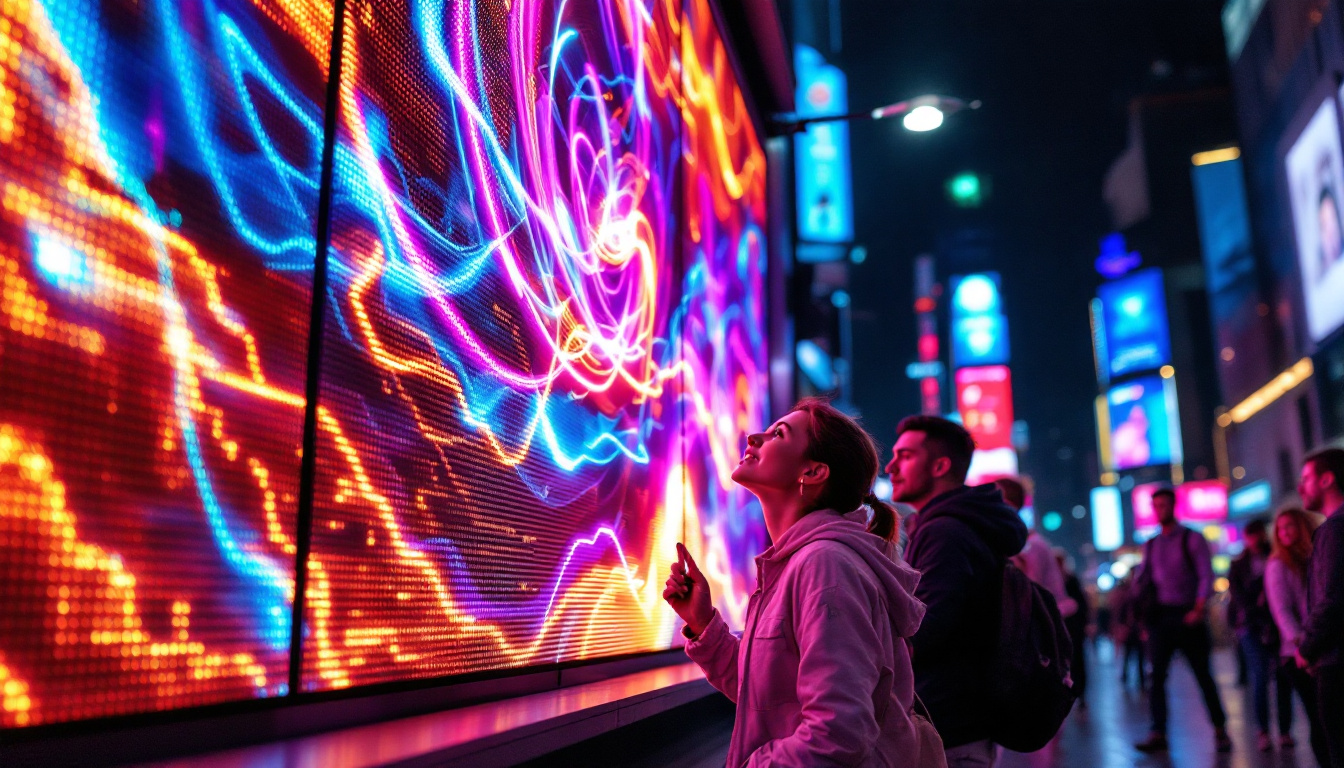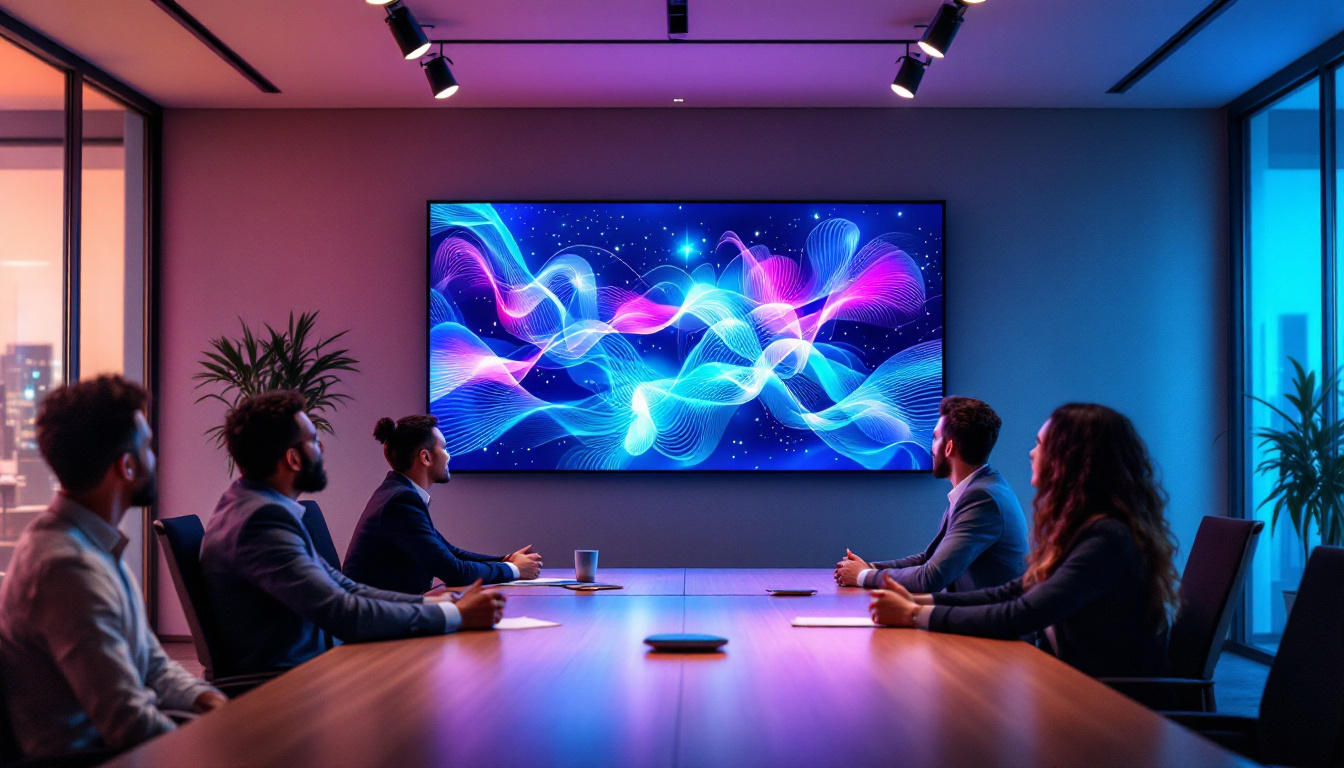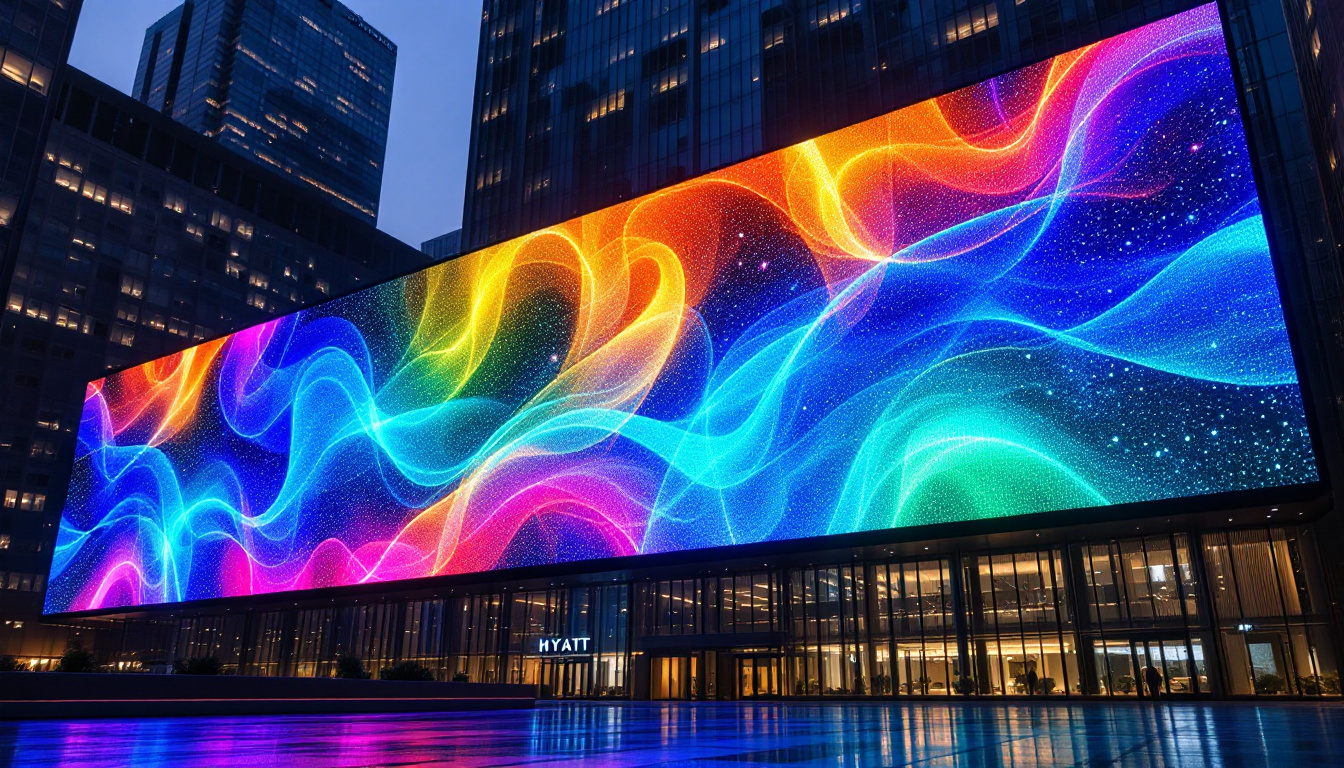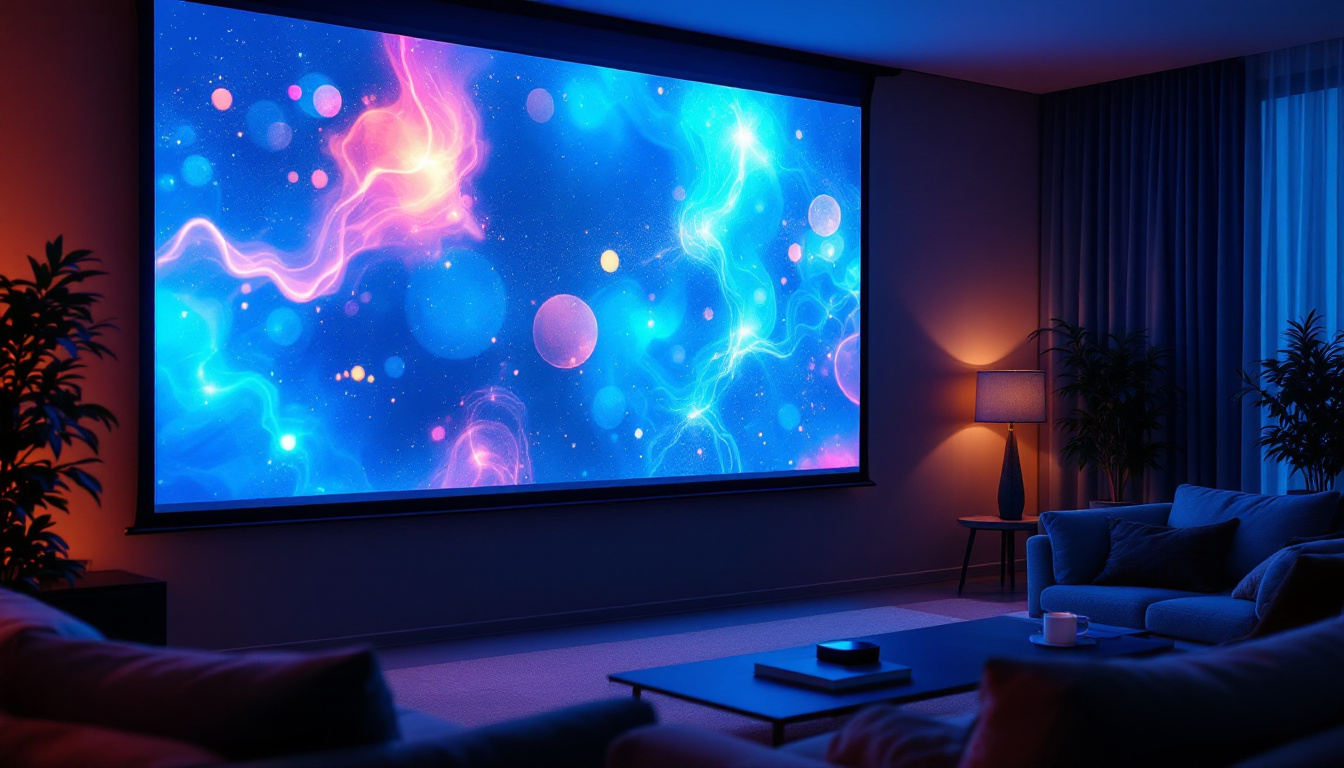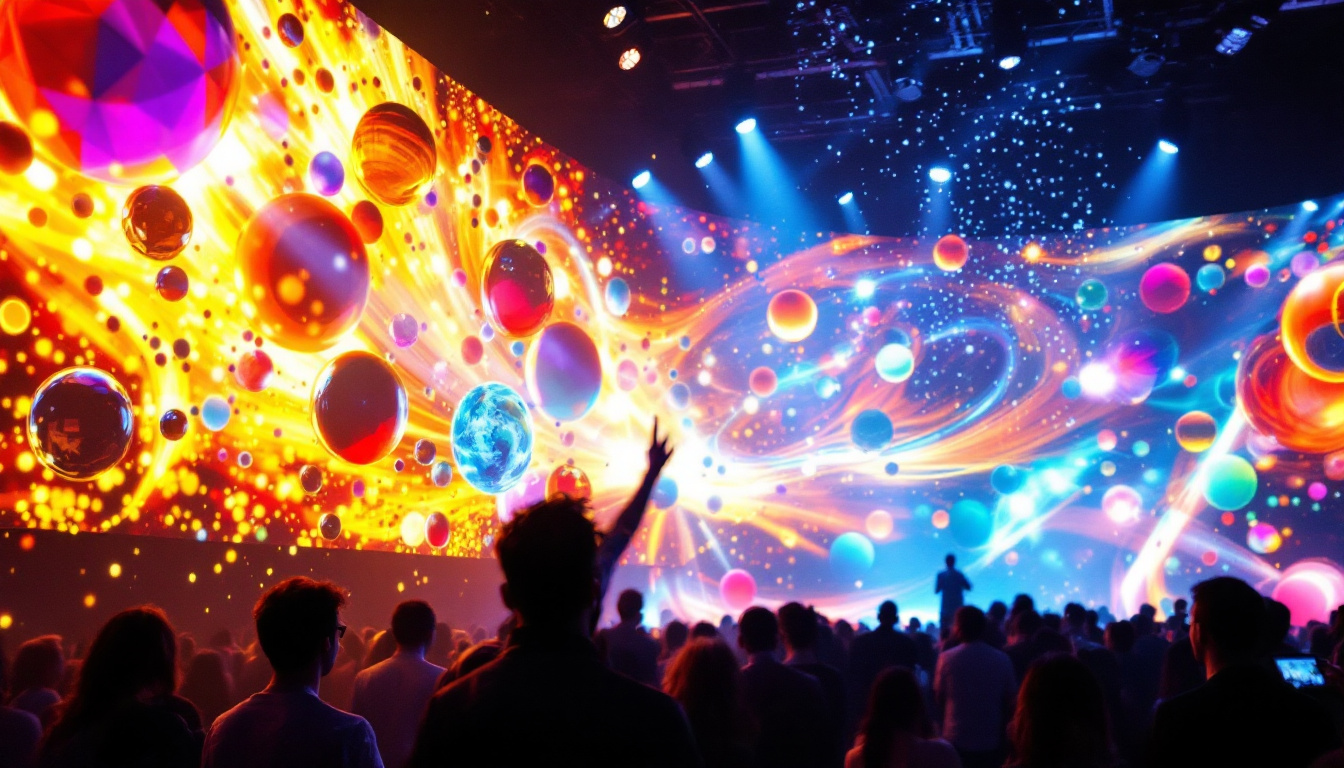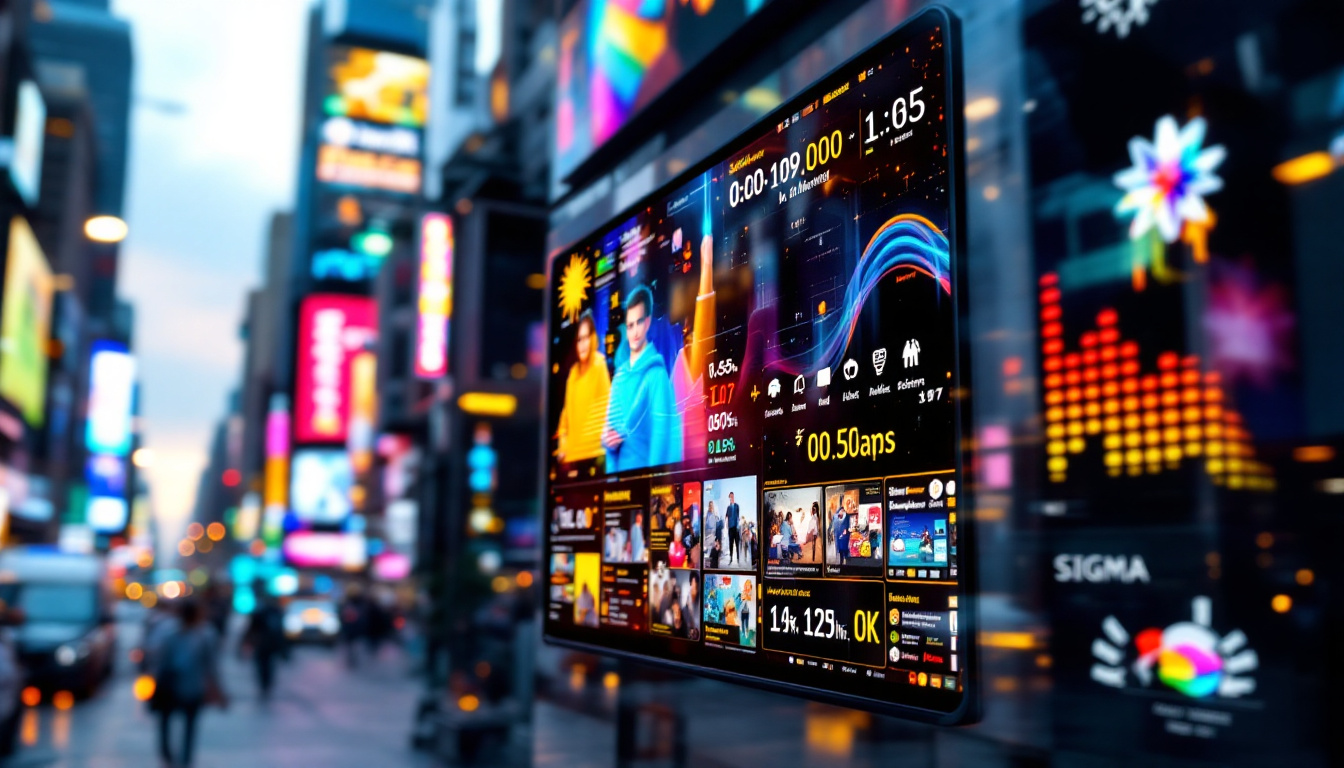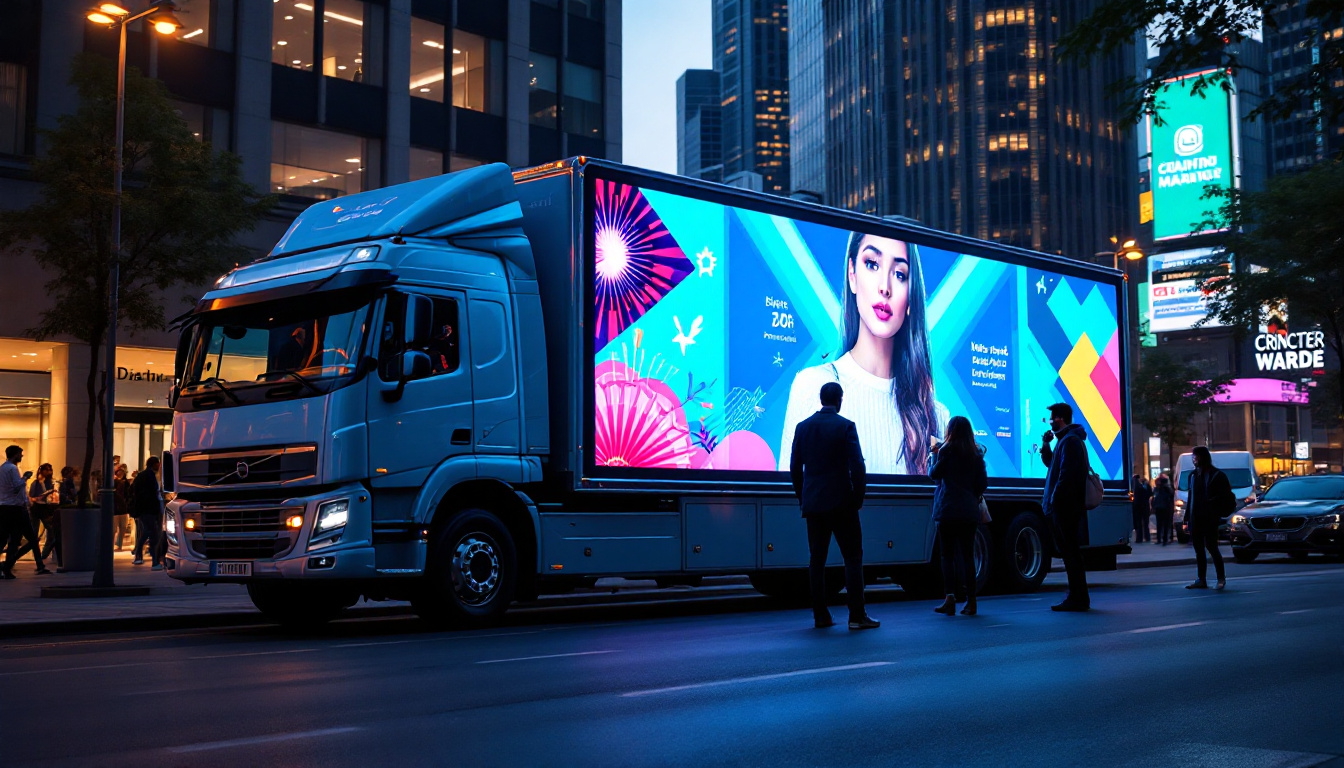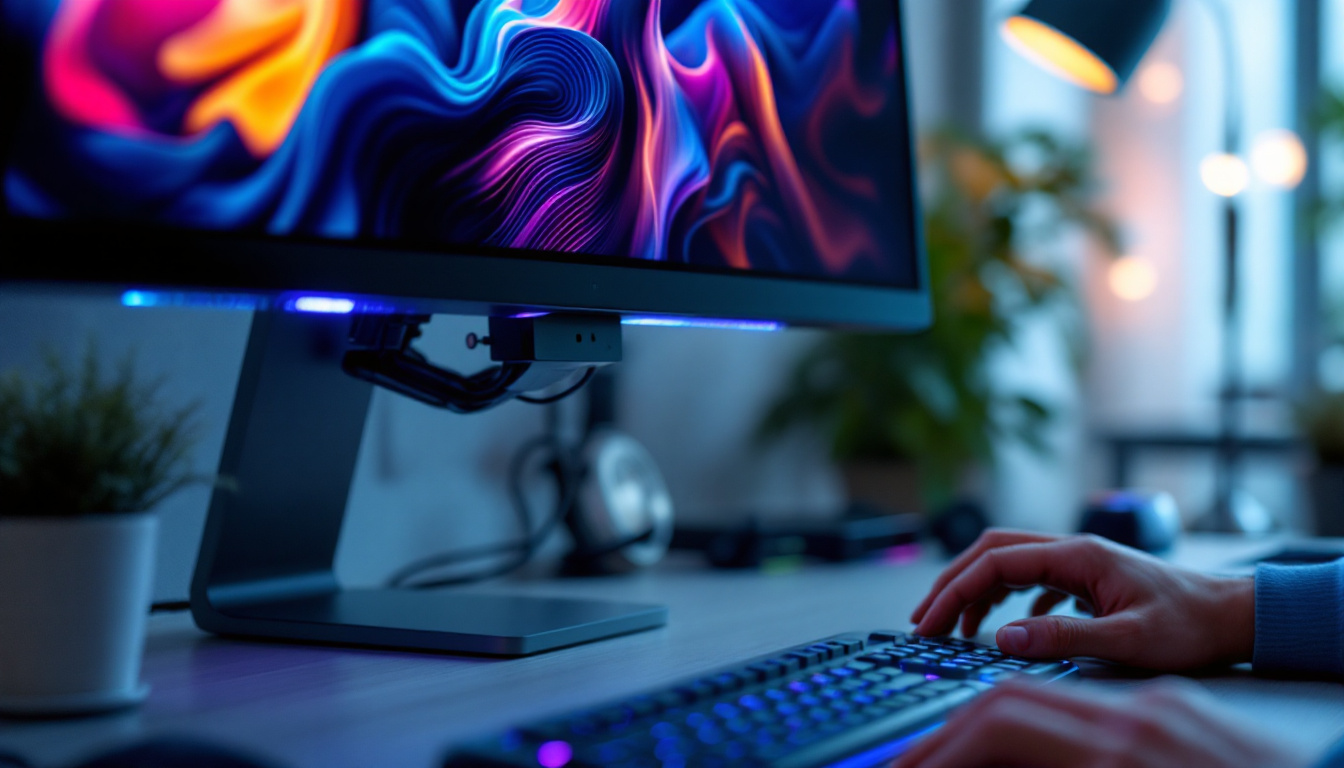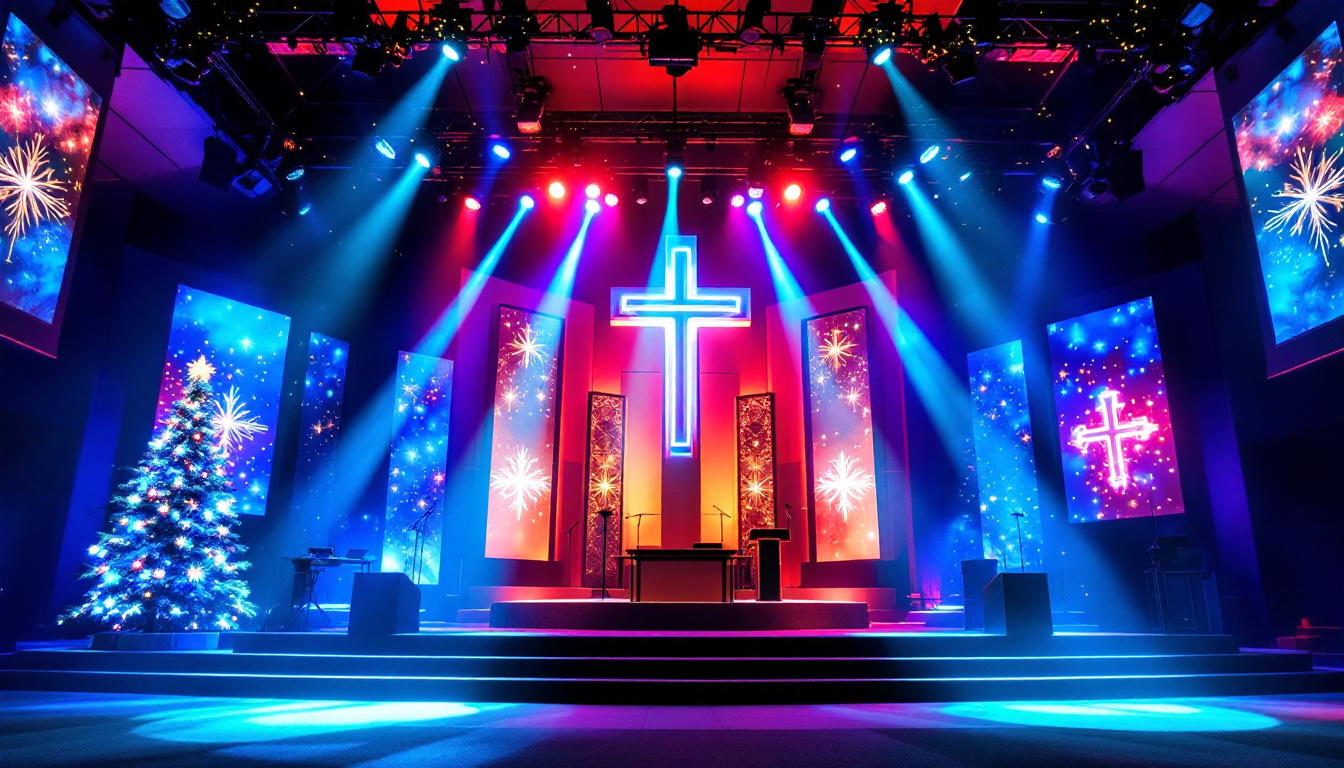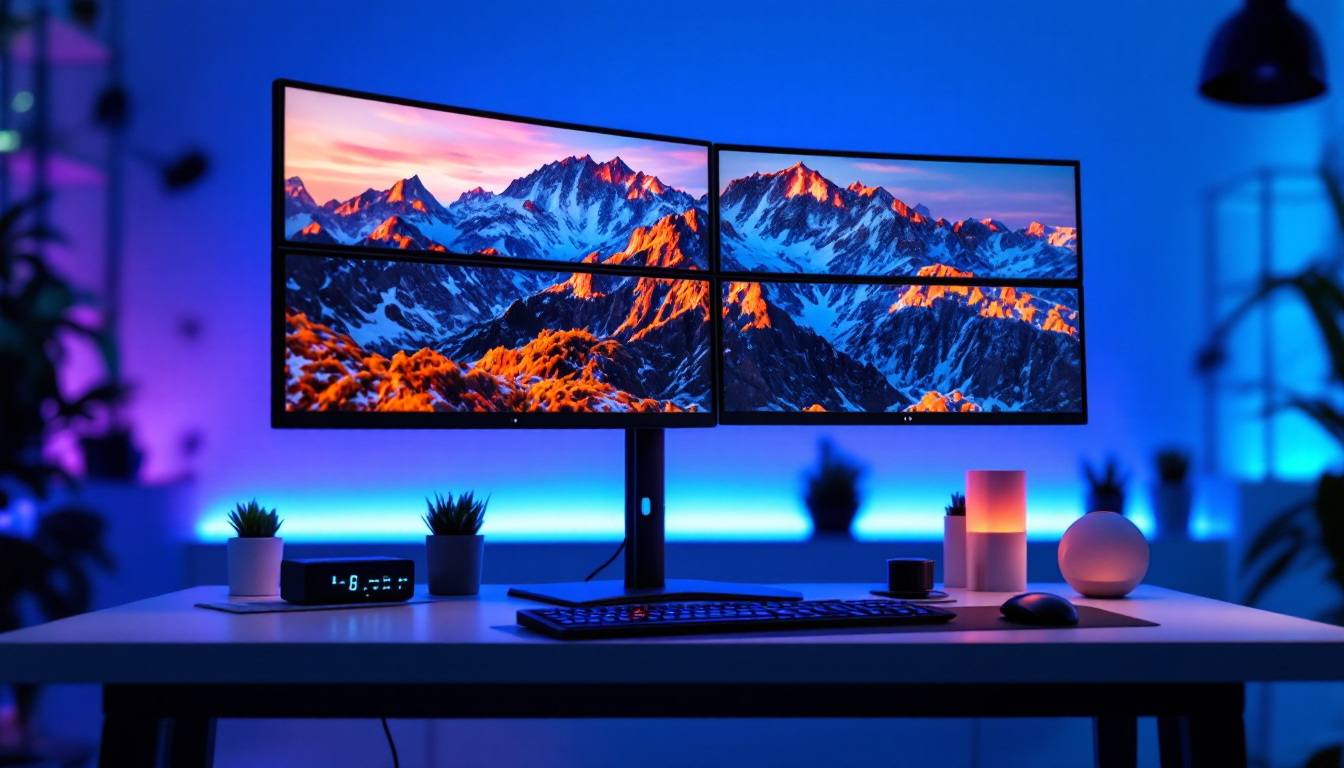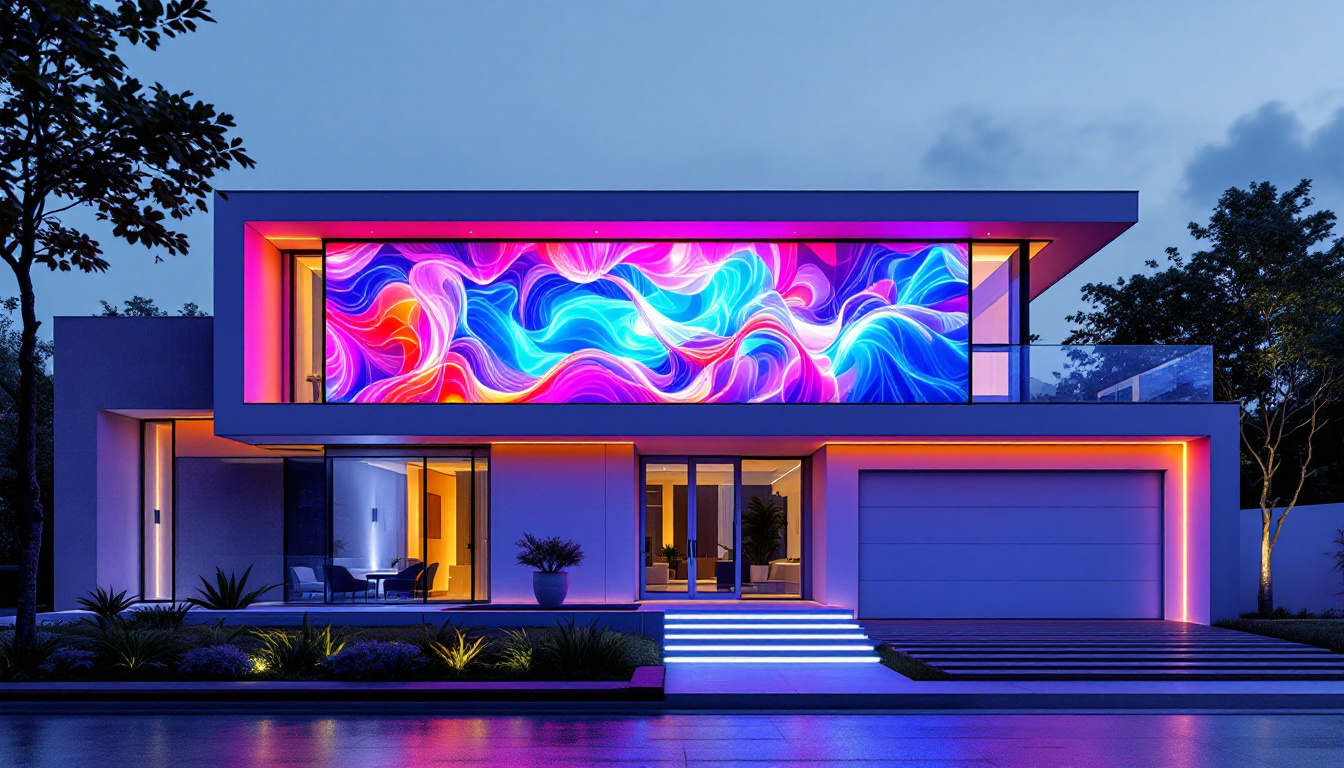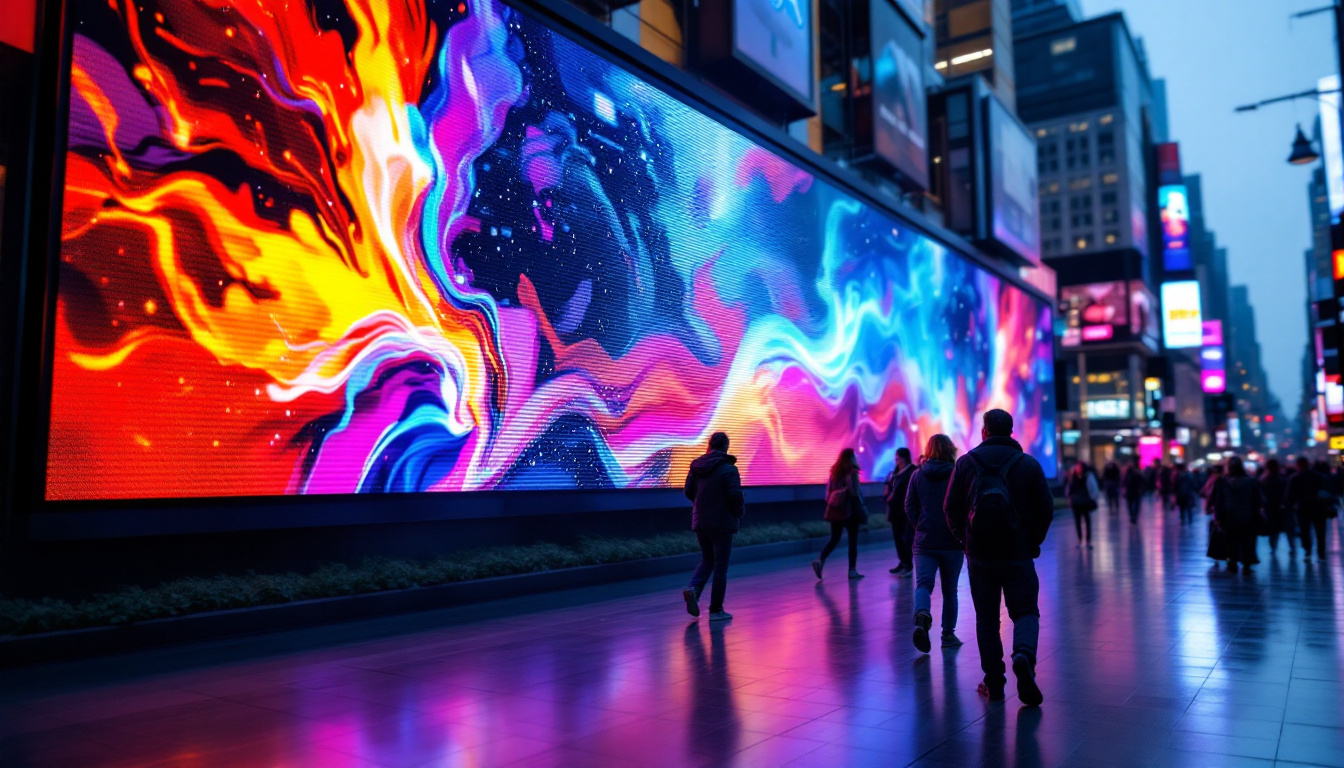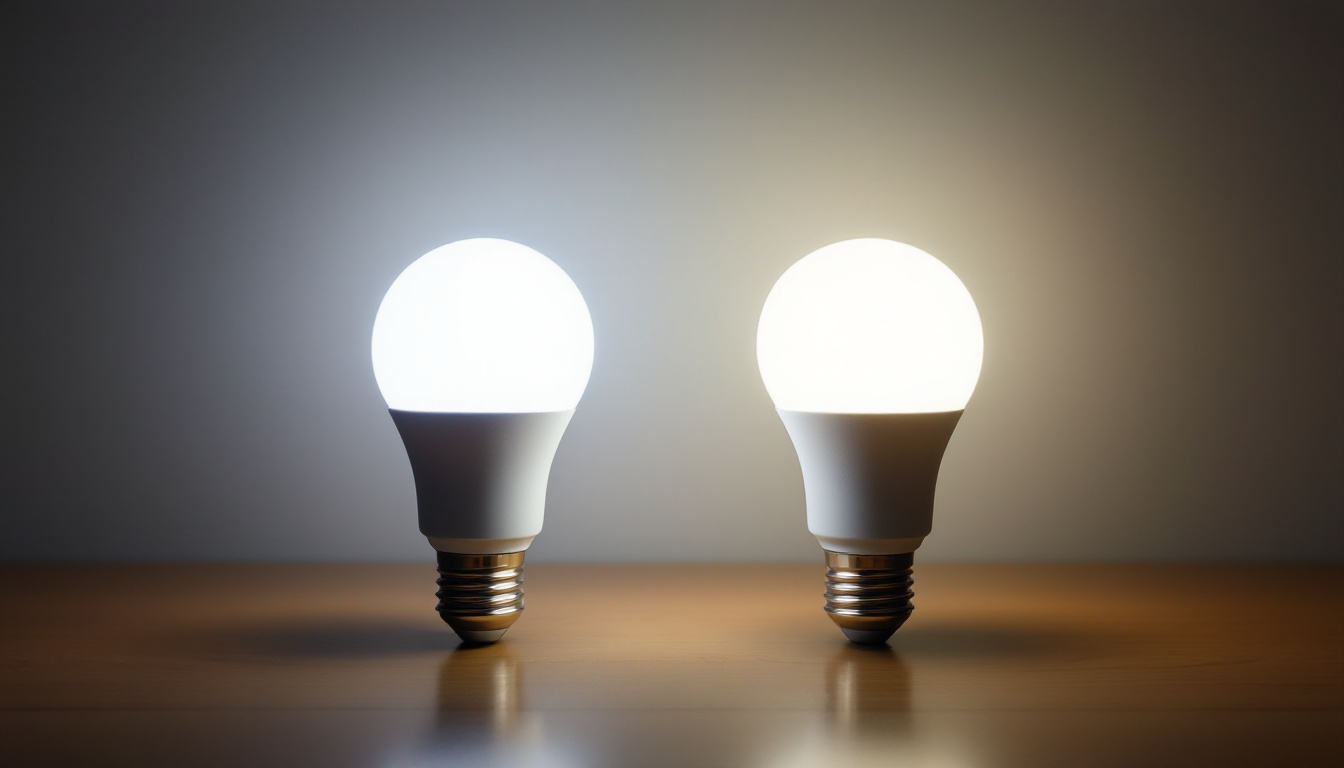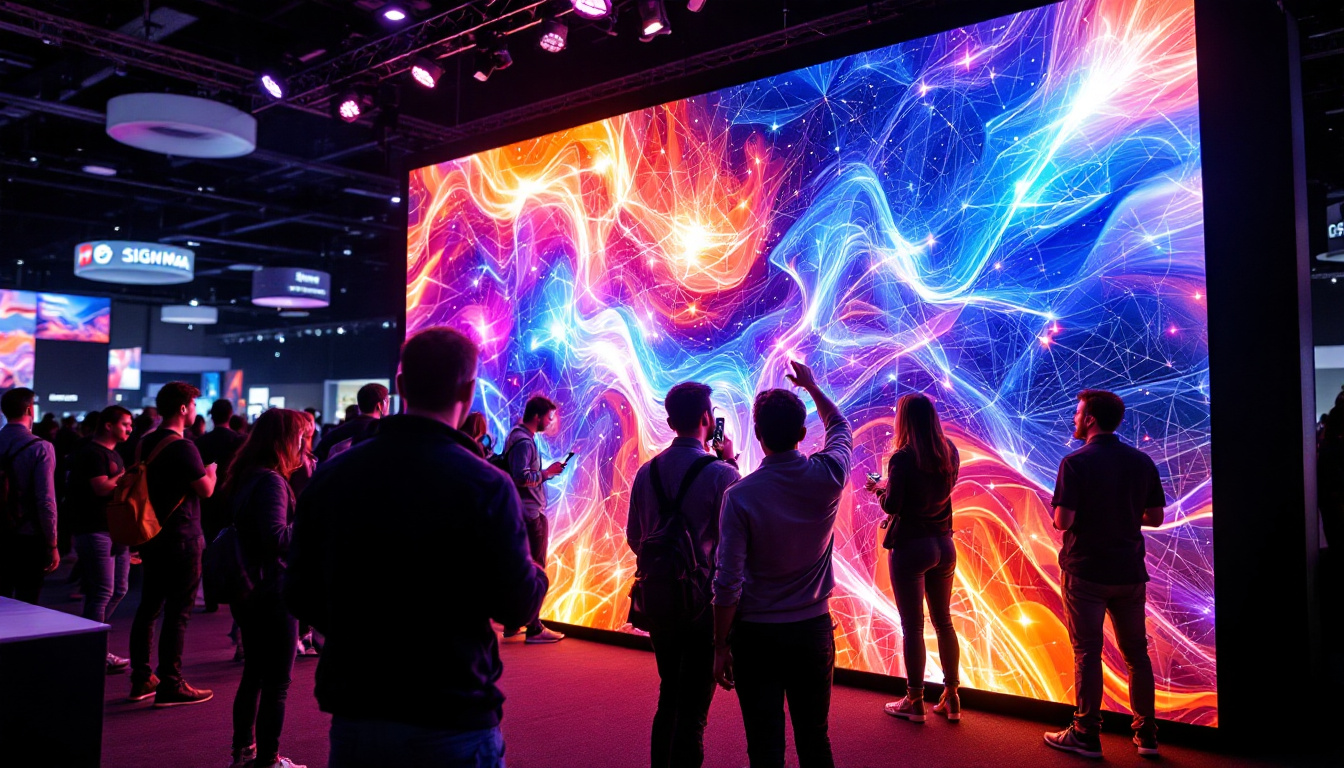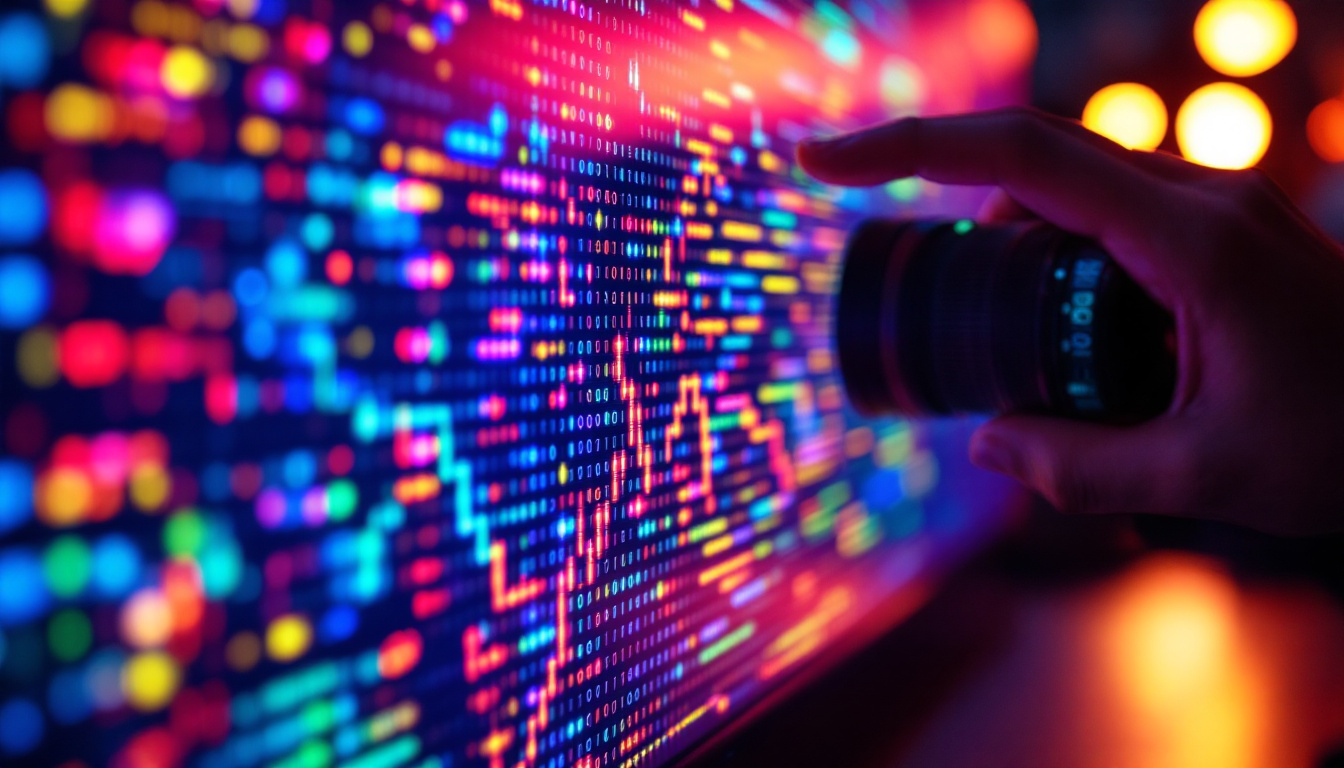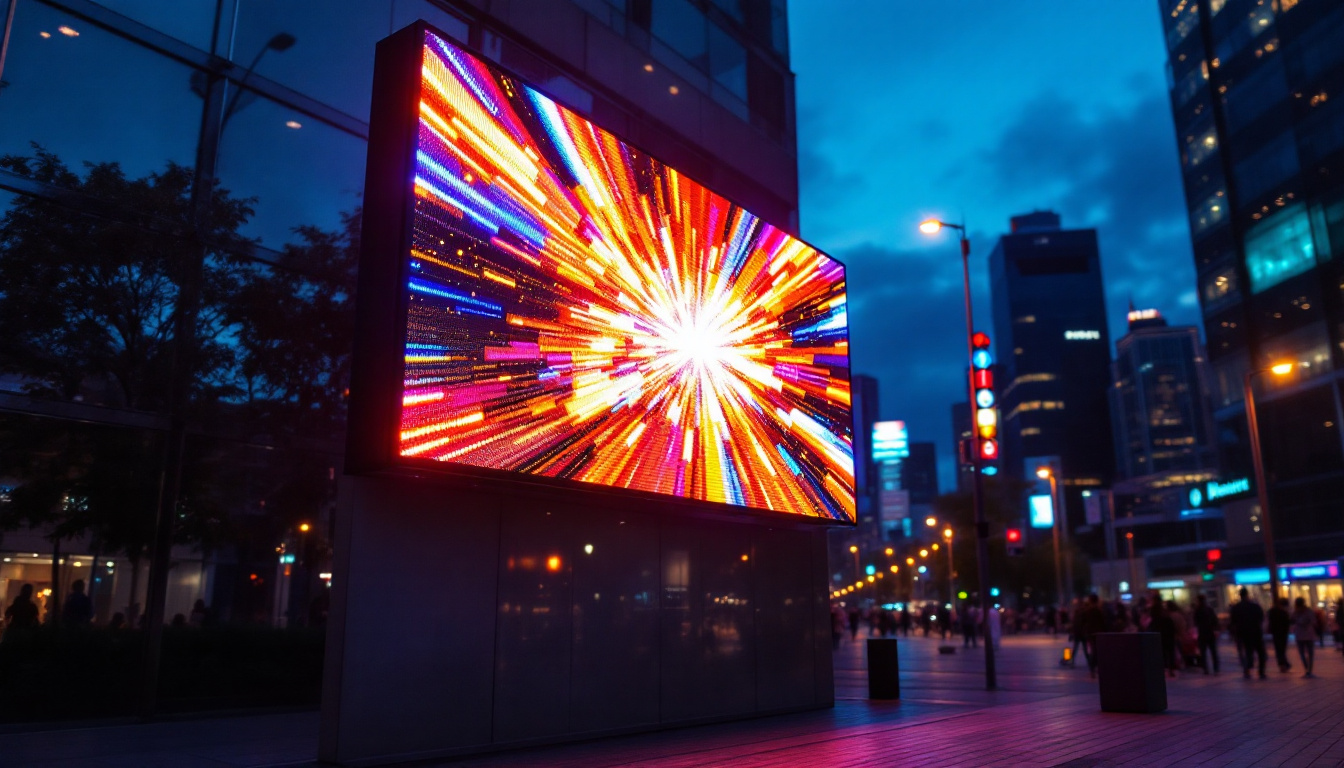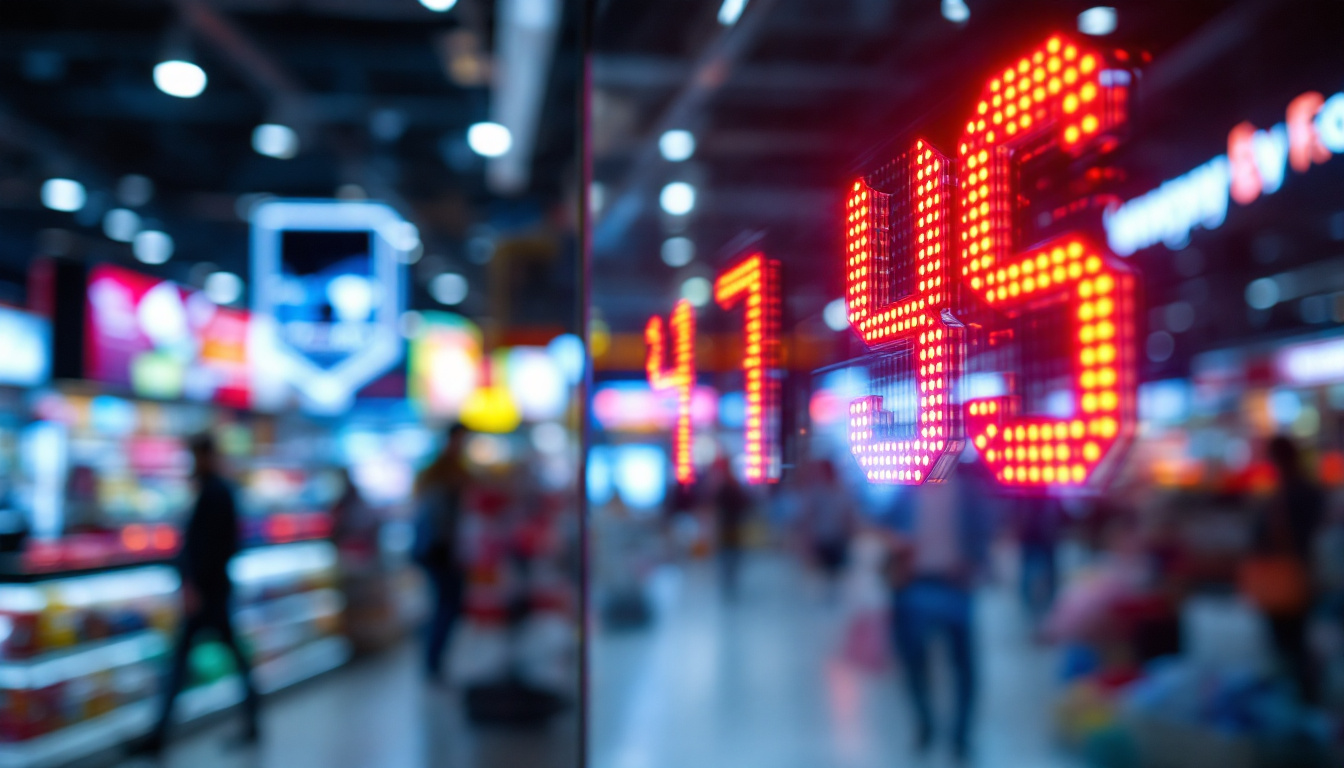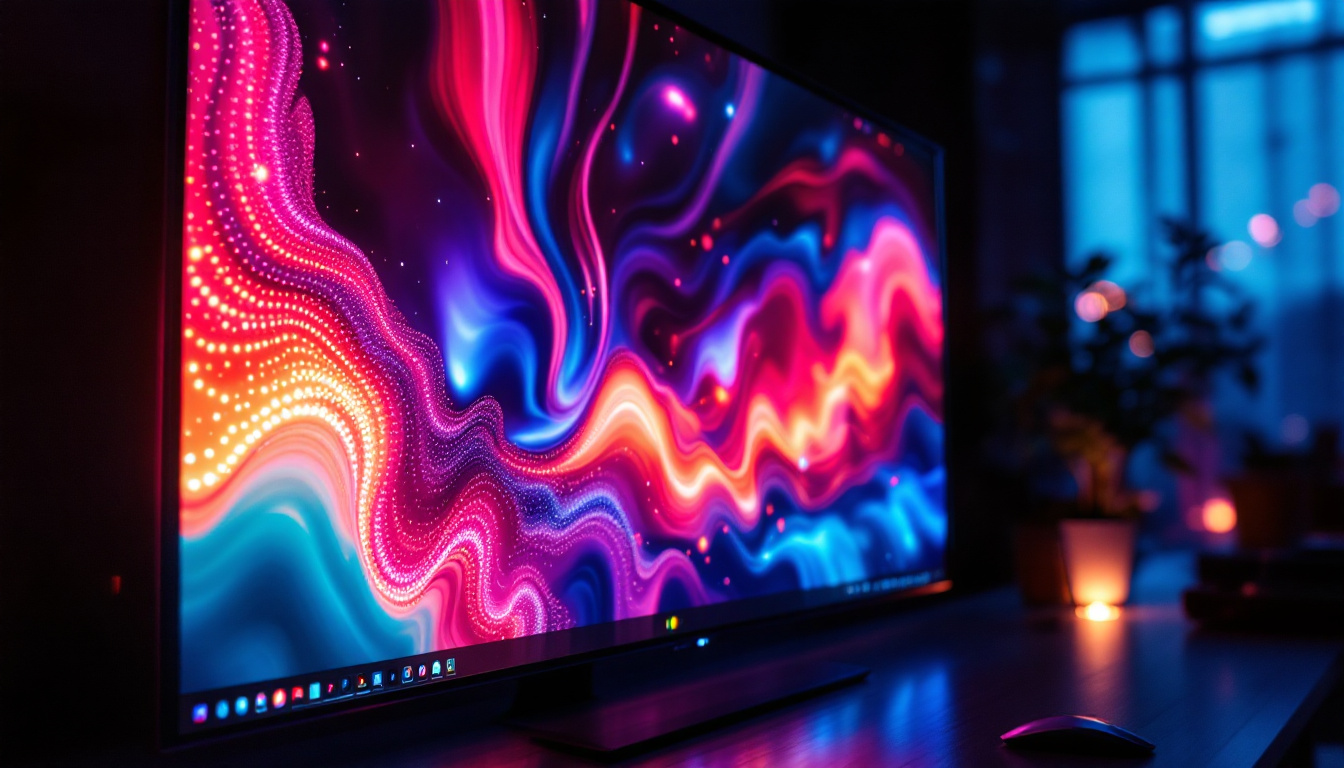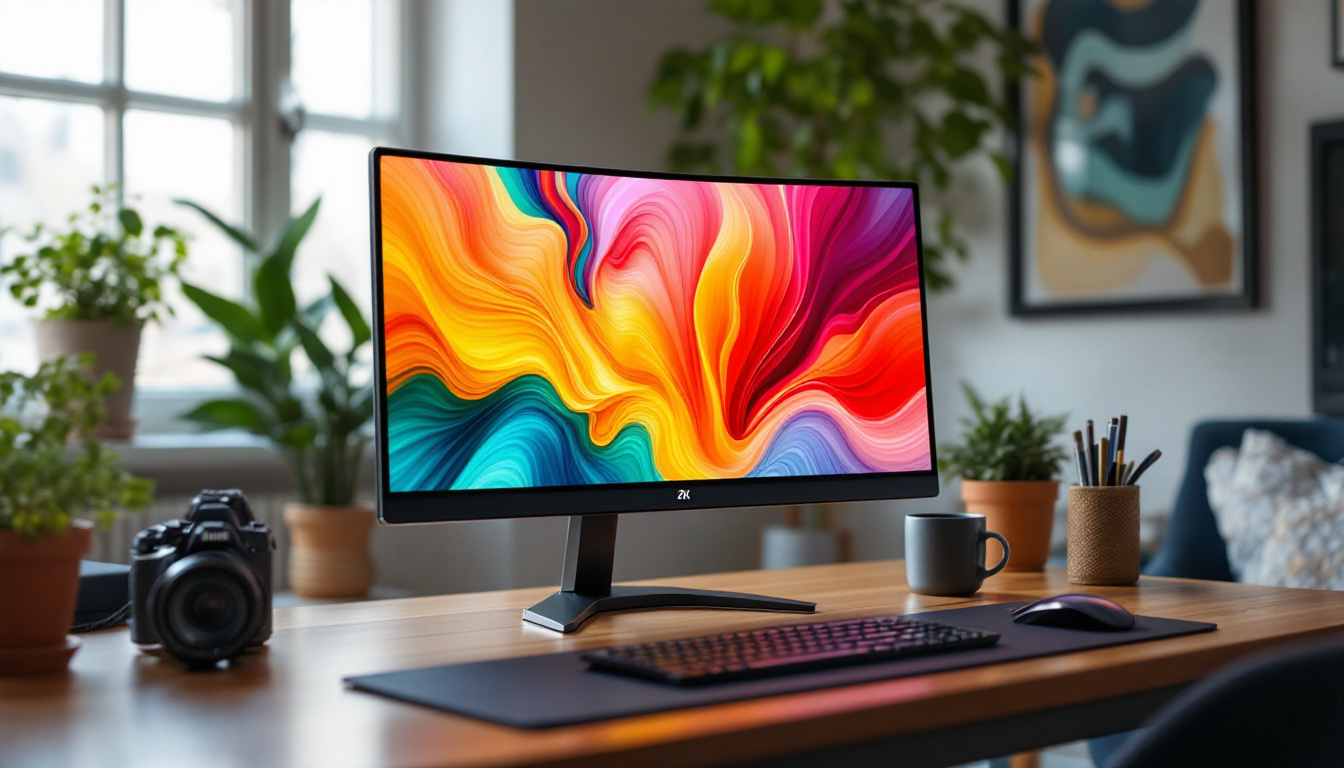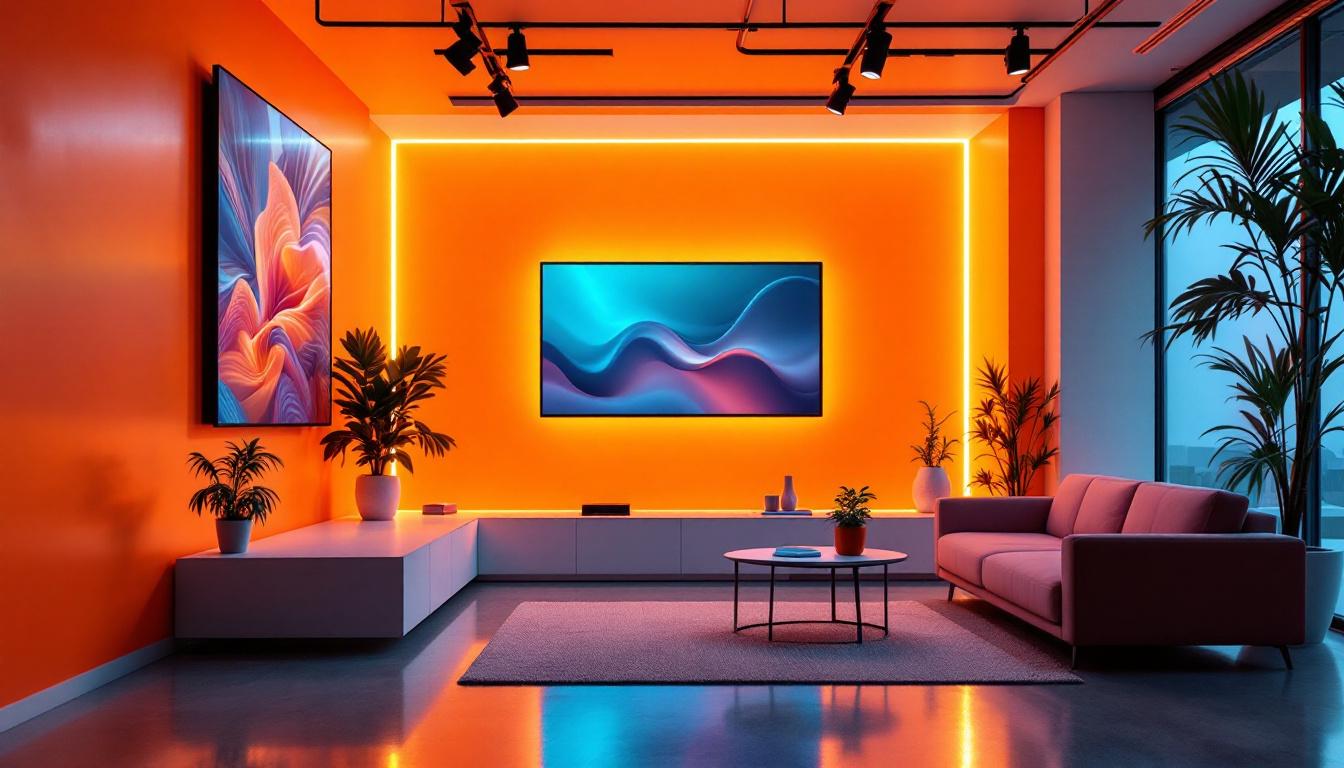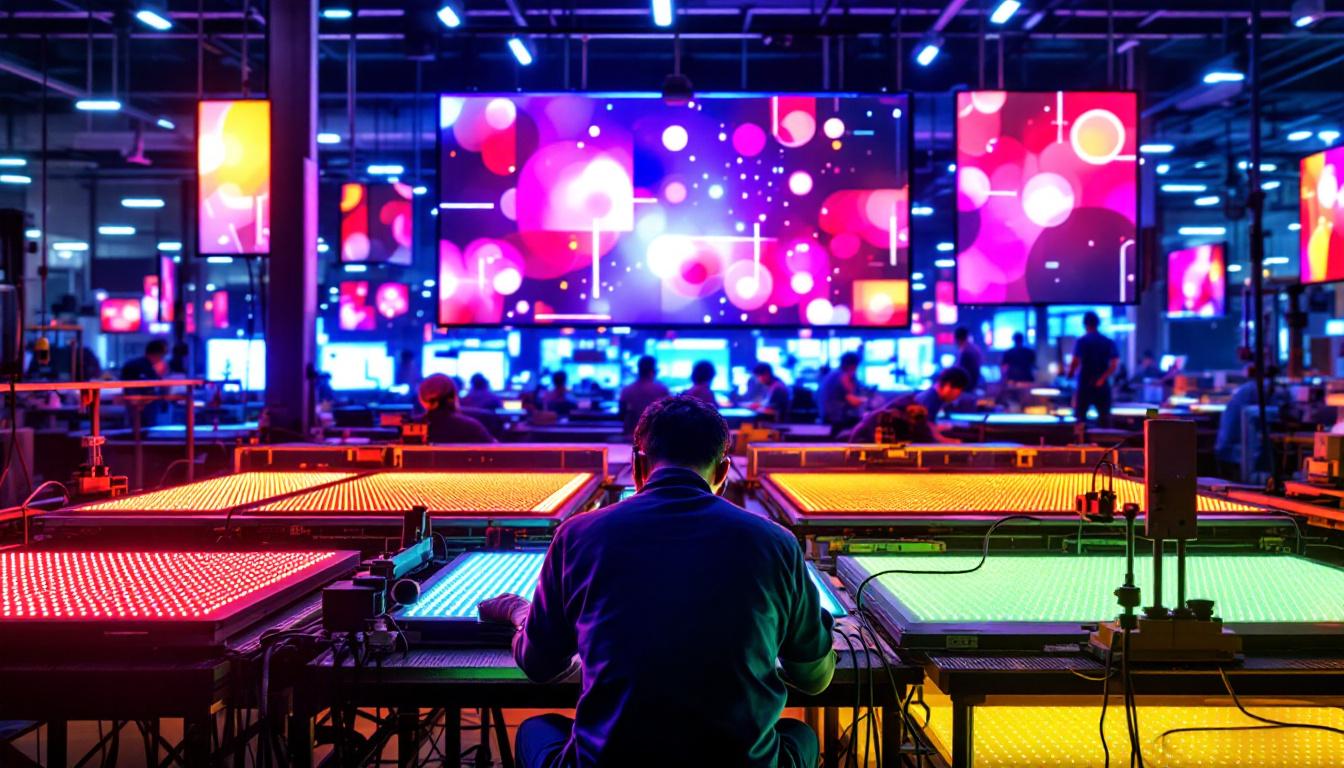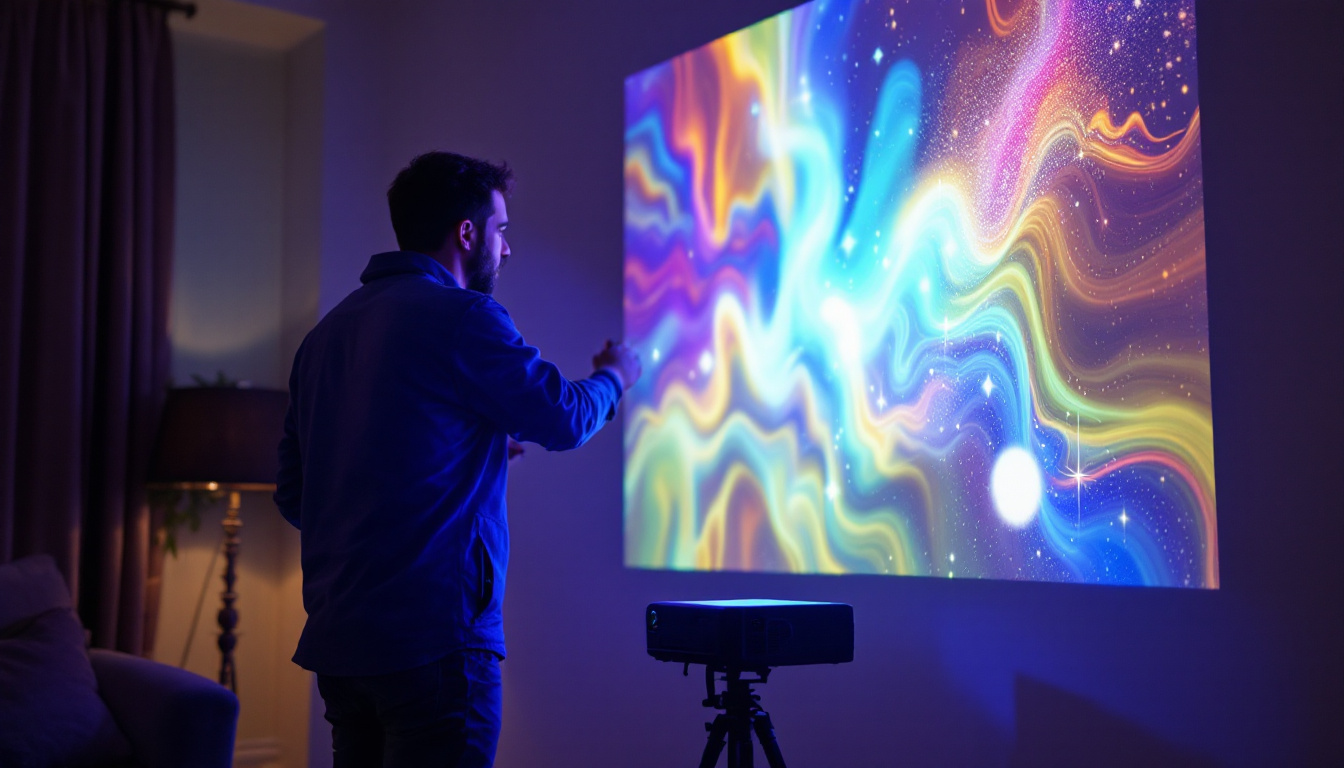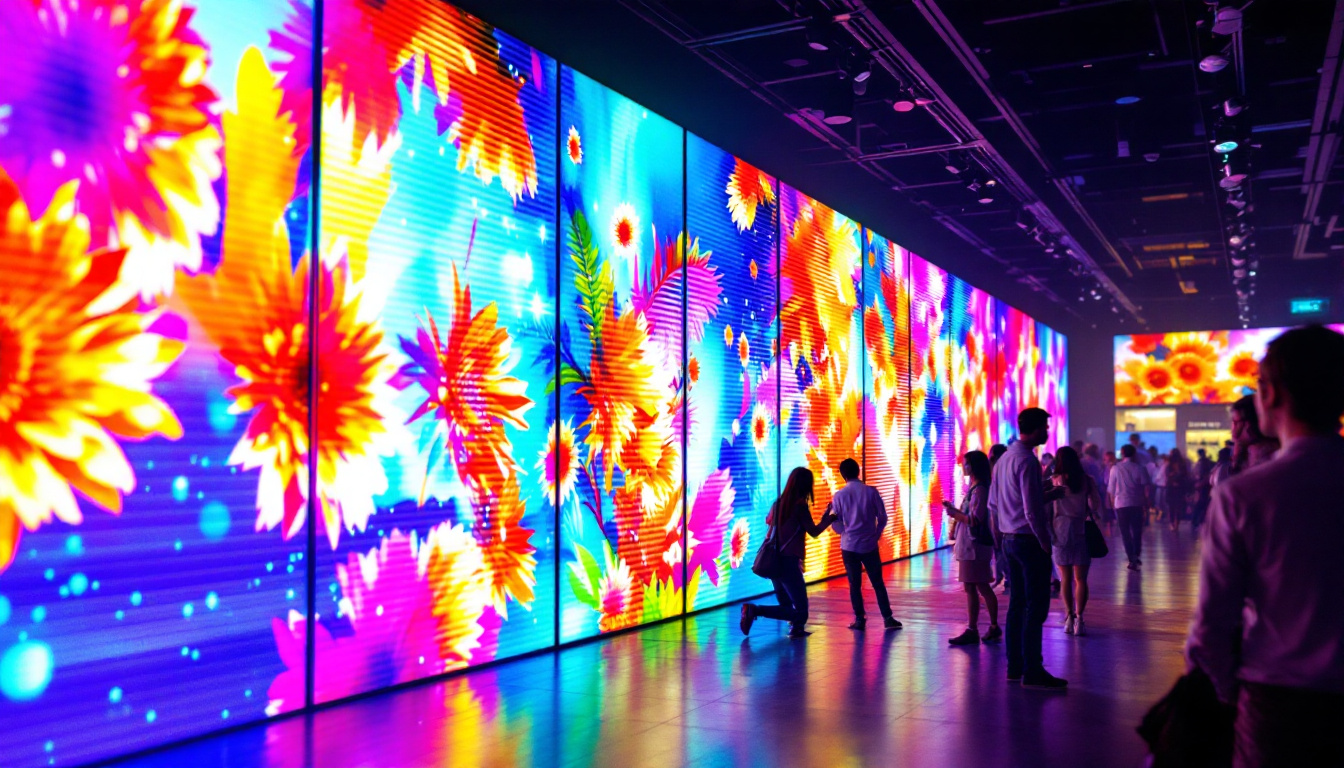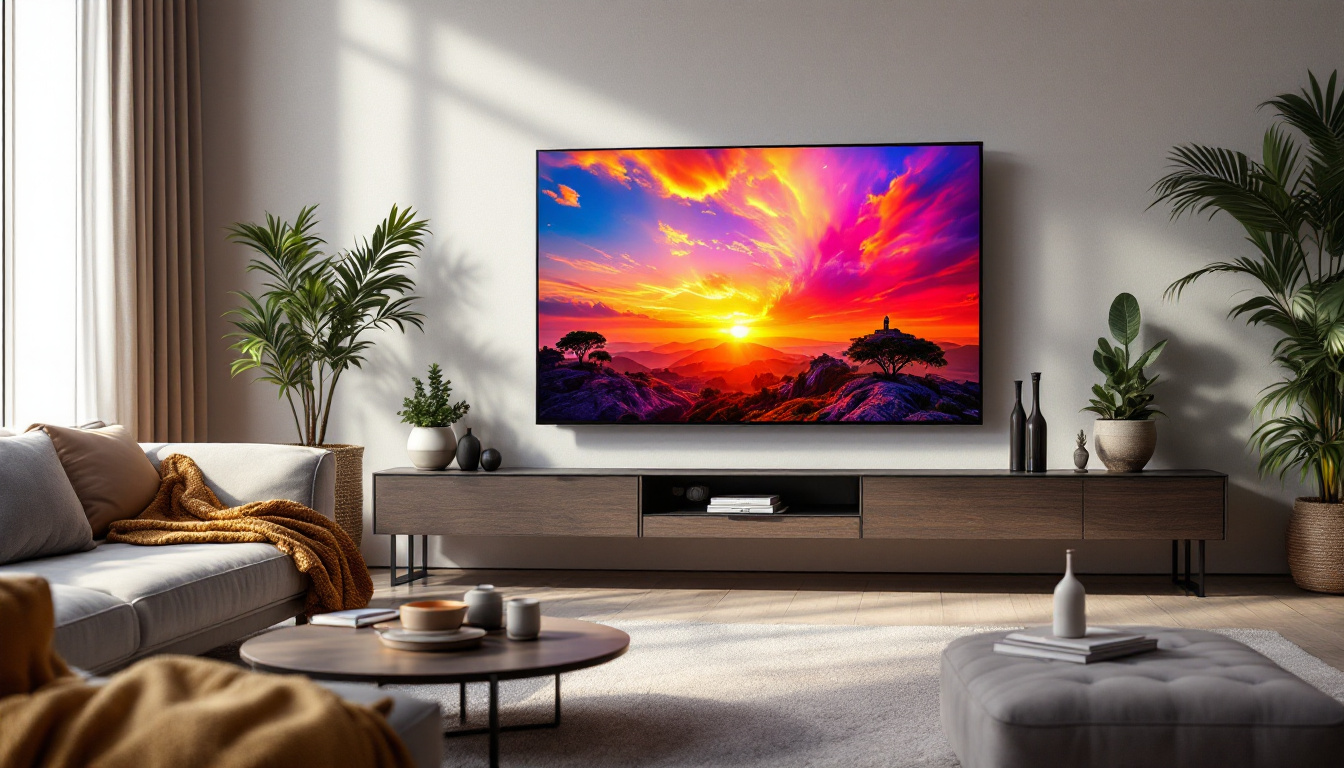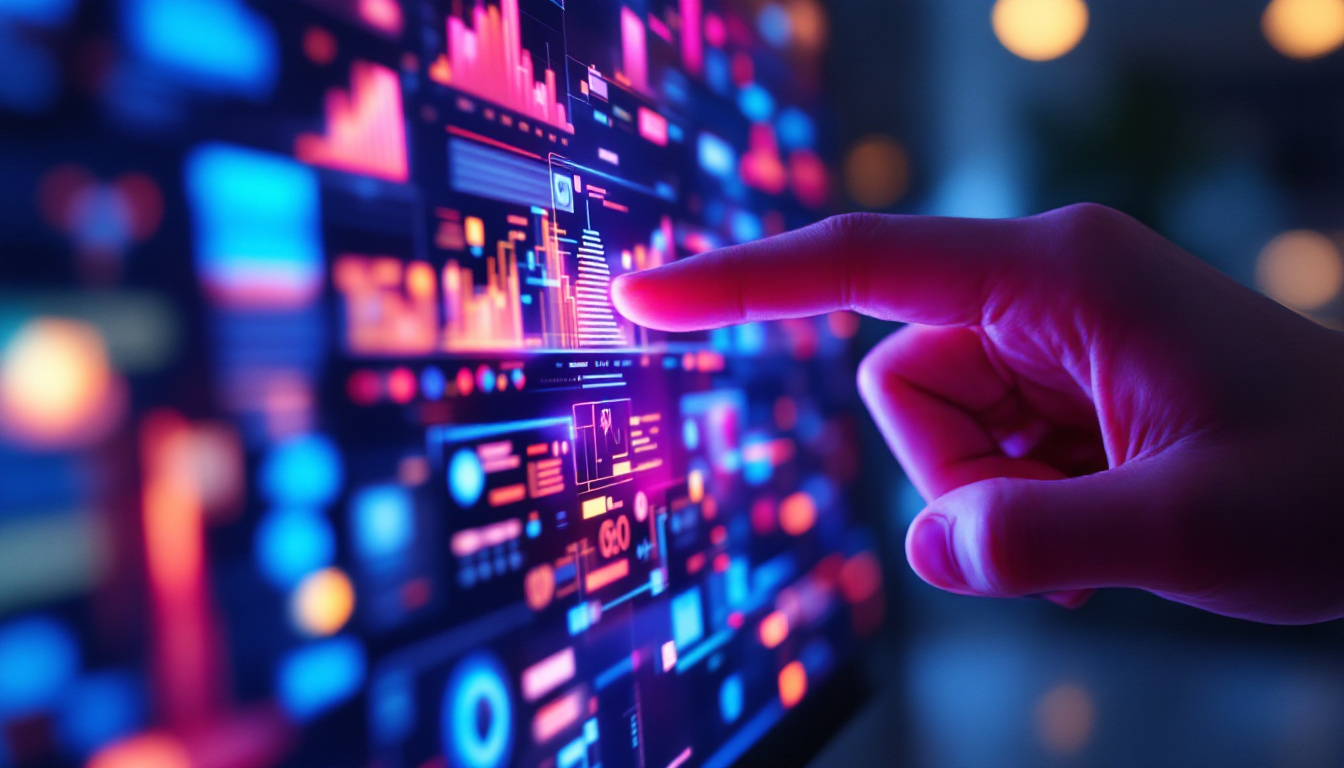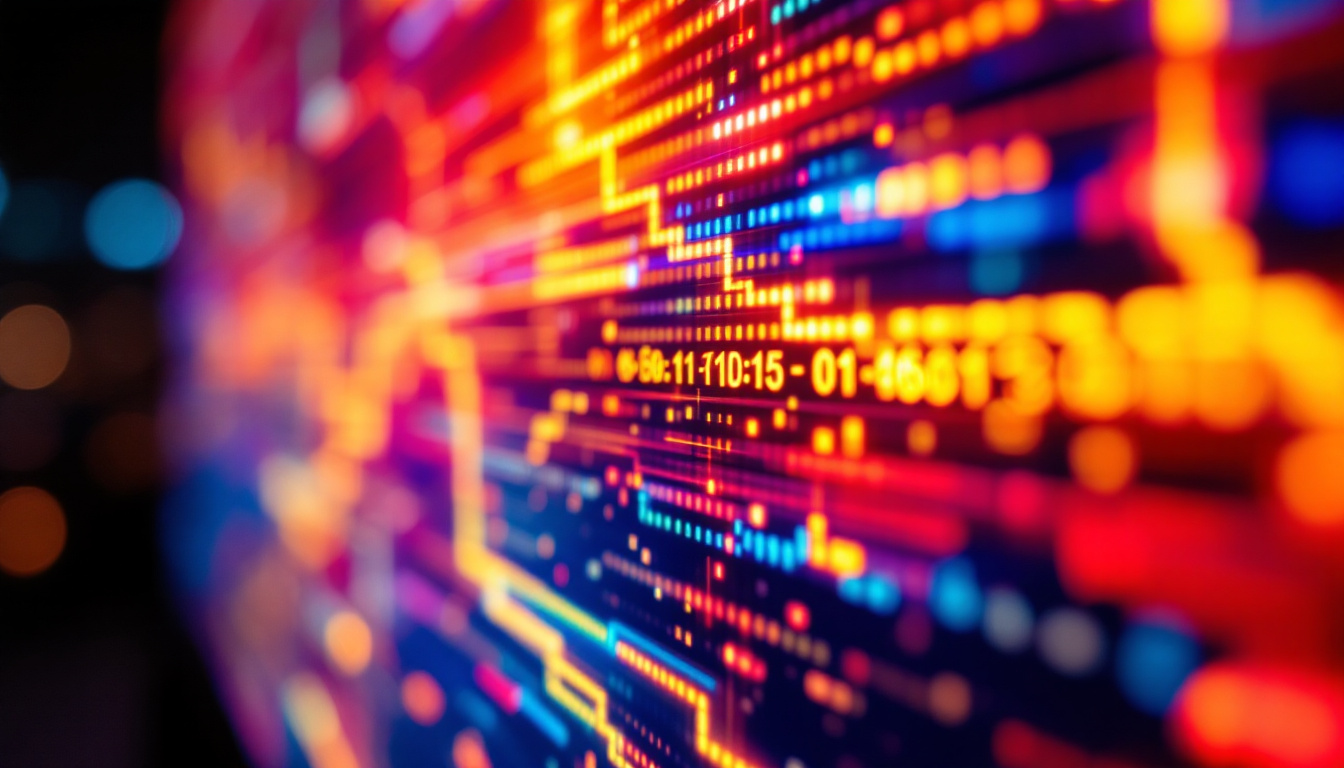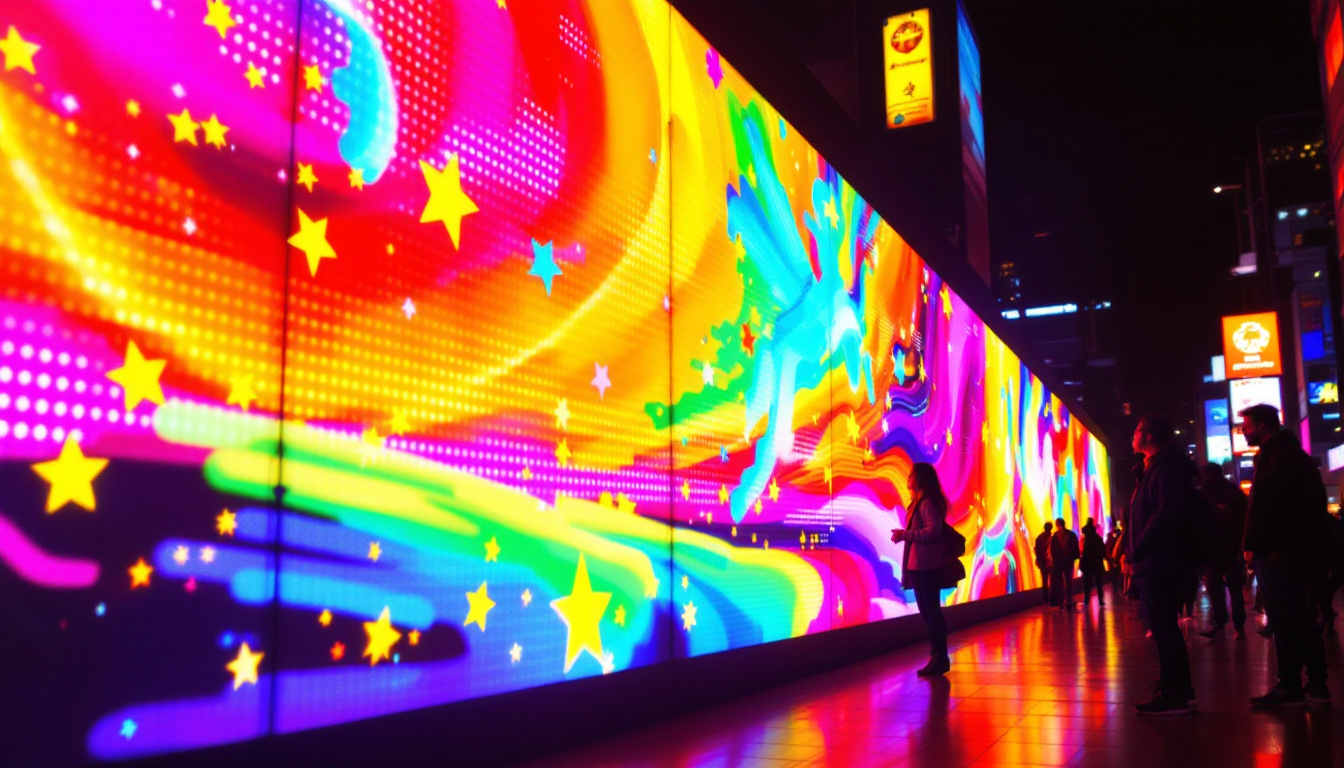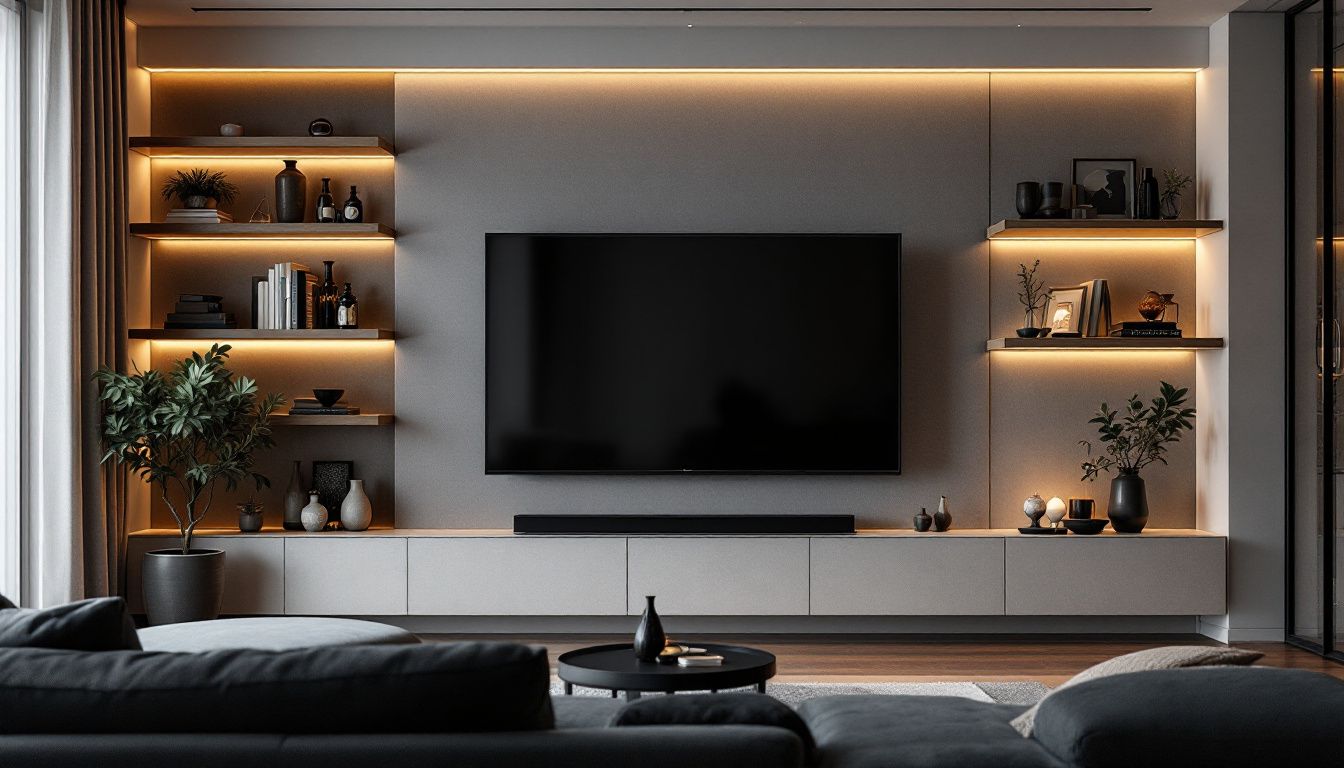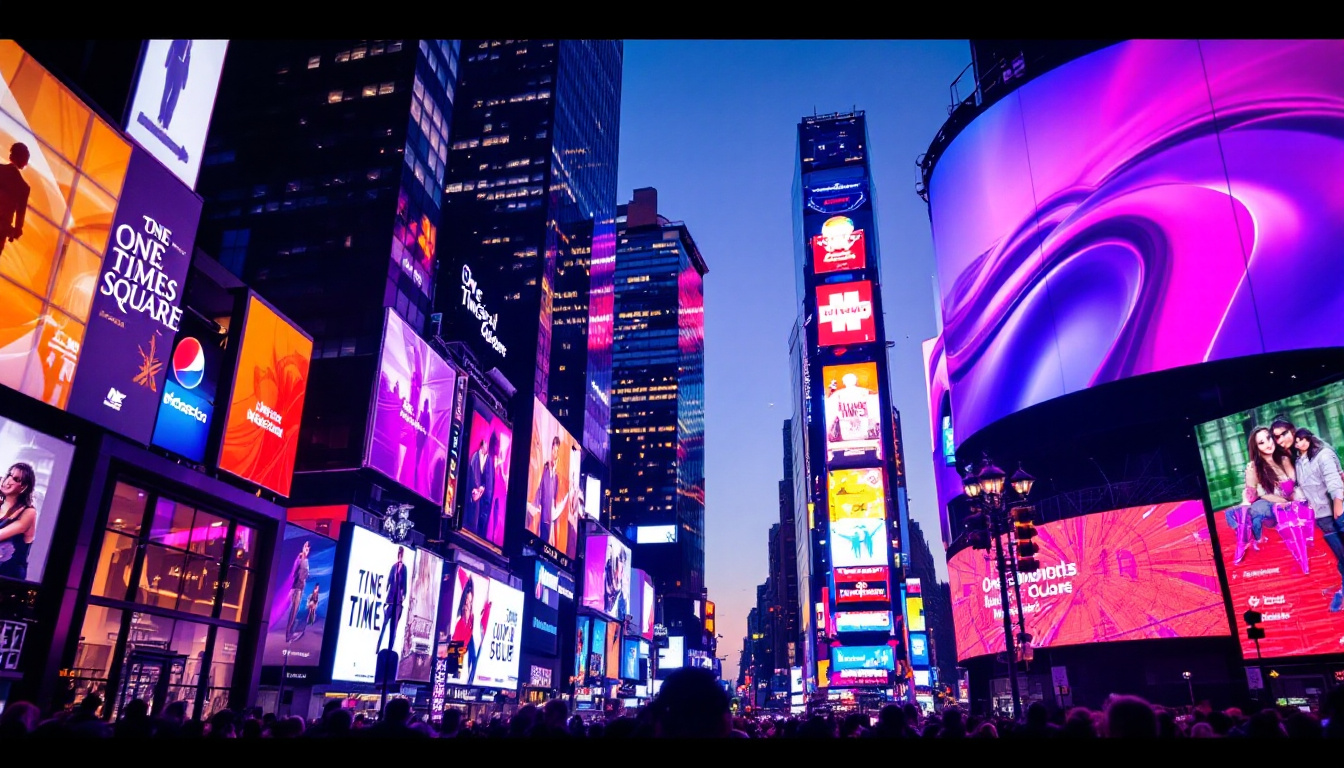In the world of modern technology, LED displays have become an integral part of our daily lives. From smartphones to large-scale billboards, the versatility and efficiency of LED technology have transformed how we consume information and entertainment. This article delves into the intricacies of LED displays, focusing on the concept of E R O (Enhanced Resolution Output), and its implications for various applications.
Understanding LED Technology
LED, or Light Emitting Diode, is a semiconductor device that emits light when an electric current passes through it. The technology has evolved significantly since its inception, leading to a wide range of applications in different fields. The fundamental principle behind LED technology is relatively simple, yet its applications are vast and varied. From residential lighting solutions to complex displays in stadiums, the versatility of LEDs has made them a cornerstone of modern illumination and display technology.
The Basics of LED Operation
At its core, an LED consists of a chip made from a combination of materials that create a p-n junction. When voltage is applied, electrons recombine with holes in the semiconductor, releasing energy in the form of photons, which is visible light. This process is known as electroluminescence. The color of the emitted light depends on the materials used in the semiconductor and can range from infrared to ultraviolet. Interestingly, advancements in material science have allowed for the development of white LEDs, which combine multiple colors to produce a spectrum that closely resembles natural daylight.
One of the key advantages of LED technology is its energy efficiency. Compared to traditional incandescent bulbs, LEDs consume significantly less power and have a much longer lifespan. This efficiency makes them an attractive option for both consumers and businesses looking to reduce energy costs. Furthermore, the reduced heat output of LEDs means that they are safer and can be used in a wider variety of settings without the risk of overheating, making them ideal for intricate lighting designs and installations.
Types of LED Displays
LED displays come in various forms, each tailored for specific applications. The most common types include:
- Direct View LED Displays: These displays consist of individual LED modules arranged in a grid. They are often used for large outdoor signage and billboards, providing vibrant colors and high visibility even in bright sunlight.
- LED-backlit LCD Displays: These displays use LEDs to illuminate an LCD panel, improving brightness and color accuracy. They are widely used in televisions and computer monitors, offering a thinner profile and better energy efficiency compared to traditional fluorescent backlighting.
- Organic LED (OLED) Displays: OLED technology uses organic compounds to emit light, allowing for thinner displays with better contrast and color reproduction. They are popular in high-end smartphones and televisions, providing deeper blacks and a wider viewing angle, which enhances the overall viewing experience.
In addition to these common types, there are also specialized LED displays such as flexible LED screens, which can be bent and shaped to fit unique spaces, and transparent LED displays that allow for creative advertising solutions without obstructing visibility. These innovations showcase the adaptability of LED technology, catering to the growing demand for dynamic and engaging visual content in both commercial and artistic applications. As the technology continues to advance, we can expect even more exciting developments in the world of LED displays, pushing the boundaries of what is possible in lighting and visual communication.
What is E R O?
E R O, or Enhanced Resolution Output, refers to a technology that improves the resolution and clarity of LED displays. This innovation is particularly significant in applications where visual detail is paramount, such as in digital signage, video walls, and high-definition televisions. E R O enhances the viewing experience by providing sharper images and more vibrant colors.
The Importance of Resolution
Resolution is a critical factor in determining the quality of an LED display. It refers to the number of pixels that make up the image on the screen. Higher resolution means more pixels, which translates to finer detail and clarity. E R O technology enhances this aspect by optimizing pixel arrangement and improving color accuracy.
For instance, in a standard LED display, the pixel density may be limited, resulting in a less detailed image. E R O addresses this limitation by employing advanced algorithms that enhance the output resolution, allowing for a more immersive viewing experience.
Applications of E R O Technology
The applications of E R O technology are extensive and span various industries. Some notable examples include:
- Advertising: Digital billboards and signage benefit greatly from E R O, as it allows for eye-catching advertisements that attract more viewers.
- Entertainment: In the film and gaming industries, E R O enhances the visual experience, making graphics more realistic and engaging.
- medical imaging: In healthcare, E R O technology can improve the clarity of medical images, aiding in better diagnosis and treatment planning.
Benefits of E R O Technology
The implementation of E R O technology in LED displays brings several advantages that enhance user experience and operational efficiency. These benefits are crucial for businesses and consumers alike.
Improved Image Quality
One of the primary benefits of E R O technology is the significant improvement in image quality. By enhancing the resolution and optimizing color output, E R O ensures that images are clearer, more vibrant, and more lifelike. This improvement is particularly important in applications such as advertising and entertainment, where visual appeal is paramount.
Increased Engagement
In environments like retail and public spaces, engaging visuals can capture attention and draw in customers. E R O technology allows businesses to create stunning displays that stand out, leading to increased foot traffic and higher conversion rates. The enhanced clarity and detail make it easier for viewers to absorb information and connect with the content being presented.
Cost-Effectiveness
While the initial investment in E R O technology may be higher than traditional LED displays, the long-term benefits often outweigh the costs. Enhanced resolution can lead to lower maintenance costs and reduced energy consumption, as higher-quality displays can operate more efficiently. Additionally, the increased engagement and improved image quality can result in higher revenue for businesses.
Challenges and Considerations
Despite the numerous advantages of E R O technology, there are also challenges and considerations that must be taken into account when implementing LED displays with this enhancement.
Initial Investment
As mentioned earlier, the initial cost of E R O technology can be a barrier for some businesses. While the long-term benefits are significant, the upfront investment may deter smaller companies or those with limited budgets. It is essential for organizations to weigh the potential return on investment against the initial costs.
Technical Complexity
Implementing E R O technology may require specialized knowledge and expertise. Businesses may need to invest in training or hire skilled professionals to ensure the effective deployment and maintenance of these advanced displays. This technical complexity can be a hurdle for organizations that lack the necessary resources.
Market Competition
As E R O technology gains popularity, competition in the market is likely to increase. Businesses must stay ahead of the curve by continuously innovating and adapting to new trends in display technology. This constant need for improvement can be challenging, particularly for smaller companies trying to compete with larger players.
The Future of E R O Technology
The future of E R O technology in LED displays looks promising, with advancements on the horizon that could further enhance the capabilities of these systems. As technology continues to evolve, several trends are likely to shape the future of E R O.
Integration with AI and Machine Learning
Artificial intelligence (AI) and machine learning are increasingly being integrated into various technologies, and E R O is no exception. These advancements can lead to even more sophisticated algorithms that optimize image quality and resolution based on real-time data. For instance, AI could analyze viewer behavior and adjust display settings accordingly, ensuring the best possible experience.
Enhanced Interactivity
As consumer expectations evolve, the demand for interactive displays is growing. E R O technology can be combined with touch-sensitive surfaces and gesture recognition to create engaging experiences. This interactivity can be particularly beneficial in retail environments, where customers can interact with products in a dynamic way.
Environmental Sustainability
With increasing awareness of environmental issues, there is a growing emphasis on sustainability in technology. Future iterations of E R O technology may focus on reducing energy consumption and utilizing eco-friendly materials. This shift not only addresses environmental concerns but also appeals to consumers who prioritize sustainability in their purchasing decisions.
Conclusion
In conclusion, E R O technology represents a significant advancement in LED display capabilities, offering enhanced resolution and improved image quality across various applications. While there are challenges to consider, the benefits of E R O technology, including increased engagement and cost-effectiveness, make it a compelling choice for businesses and consumers alike.
As the technology continues to evolve, the integration of AI, enhanced interactivity, and a focus on sustainability will likely shape the future of E R O. Embracing these advancements will not only improve the viewing experience but also pave the way for innovative applications that can transform industries.
Ultimately, understanding and leveraging E R O technology can provide a competitive edge in an increasingly visual world, making it an essential consideration for anyone looking to invest in LED display solutions.
Discover the Future of Visual Experience with LumenMatrix
Ready to elevate your visual communication with the latest in LED display technology? LumenMatrix is at the forefront of innovation, offering a diverse range of LED display solutions tailored to your needs. From captivating Indoor and Outdoor LED Wall Displays to dynamic Vehicle and Sports LED Displays, our products are designed to enhance engagement and bring your brand to life. Experience the transformative power of our LED Poster Displays, Floor LED Displays, Custom LED Solutions, All-in-One LED Displays, and LED Transparent Displays. Embrace the future of digital signage with LumenMatrix and create unforgettable visual experiences. Check out LumenMatrix LED Display Solutions today and see the difference for yourself.

